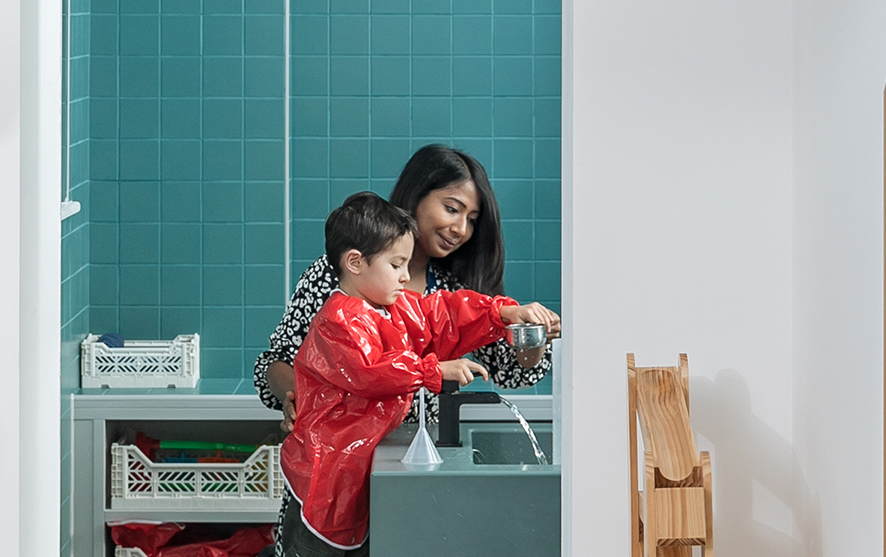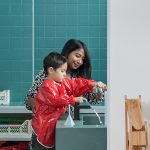Cranberry flapjack bars
Packed full of energy-inducing fruits and seeds, our cranberry flapjack bars are great for on-the-go […]
Read more

A bowl and selection of containers suitable for use in water pouring activities. These might include pans, jugs, empty milk containers, plastic mugs, etc.
Early years science is all about being curious, investigating and experimenting. Children through this learning experience will be exploring different materials and describing their properties. The activity will help them to understand their world as well as master some scientific vocabulary.
Find a bowl and selection of containers suitable for use in water pouring activities. These might include pans, jugs, empty milk containers, plastic mugs, etc. Ensure the water is at a safe temperature.
Let the children empty and fill with the water. Which container holds the most? How many cups of water do you need to fill a pan? How many spoons of water does it take to fill an egg cup? By using a washing up bowl or a large mixing bowl, you will be able to keep the quantity of water down to a minimum to avoid wastage. The children can scoop the water from the bowl into the receptacles.
Extend their learning: why not try some floating and sinking activities? You could see if sprinkled pepper floats on the surface, or salt, shampoo, vinegar, flour, etc. Then you could try coins, a Lego brick, a lolly stick, a key, etc. You might even build a little boat, or improvise with an empty butter tub and see how much cargo it can hold until it sinks. Can you count the items?